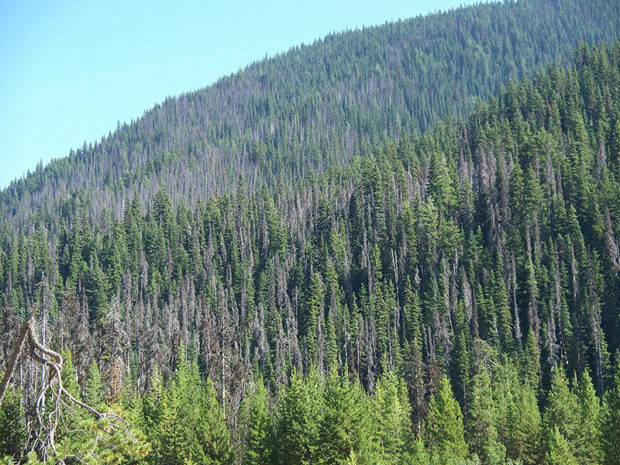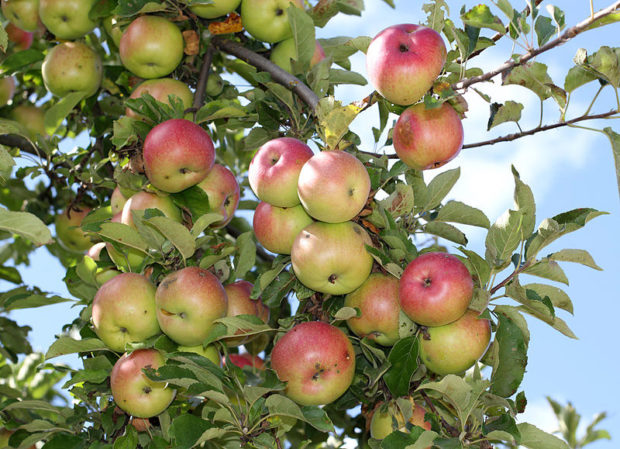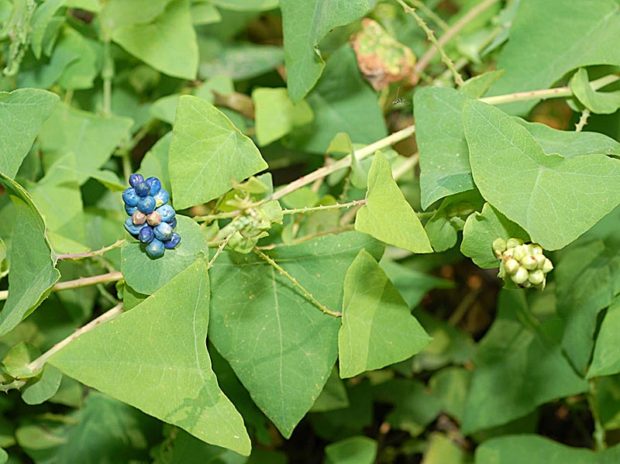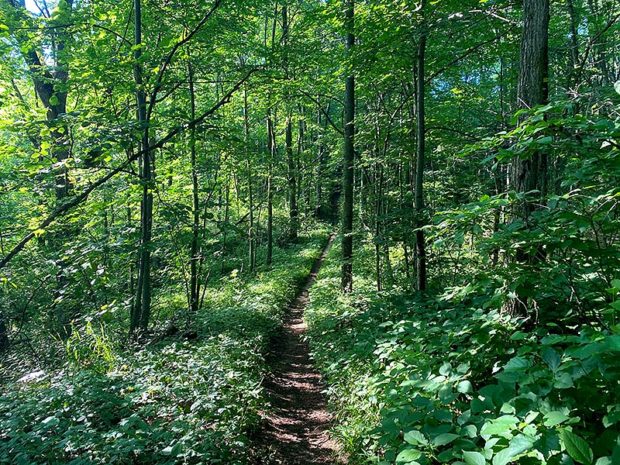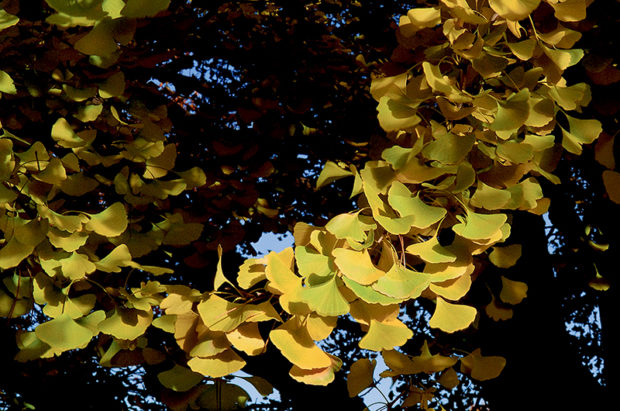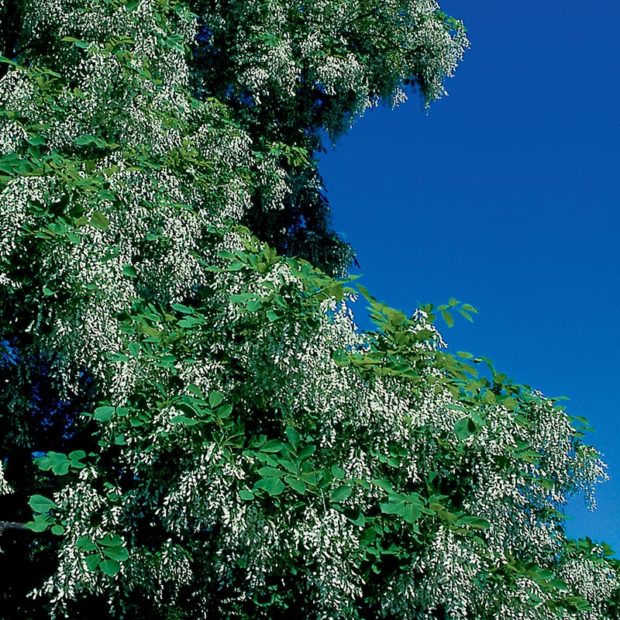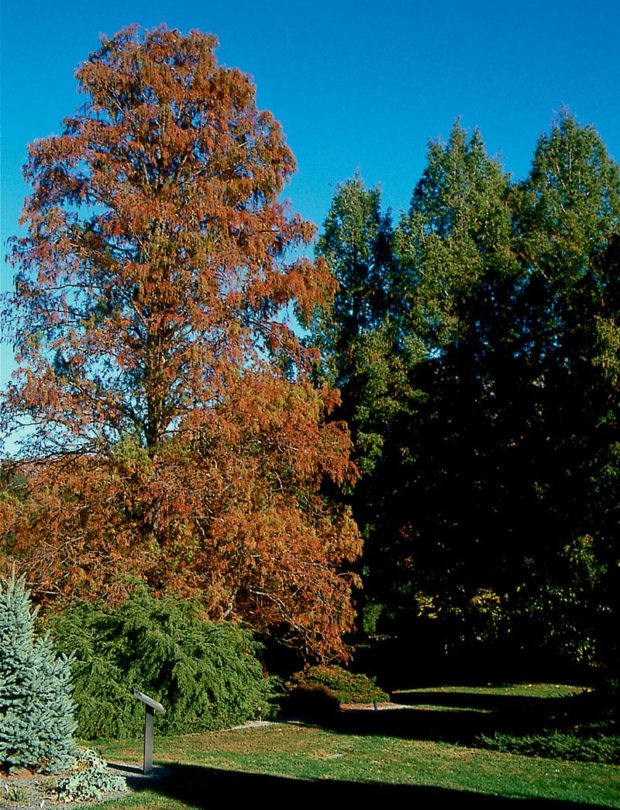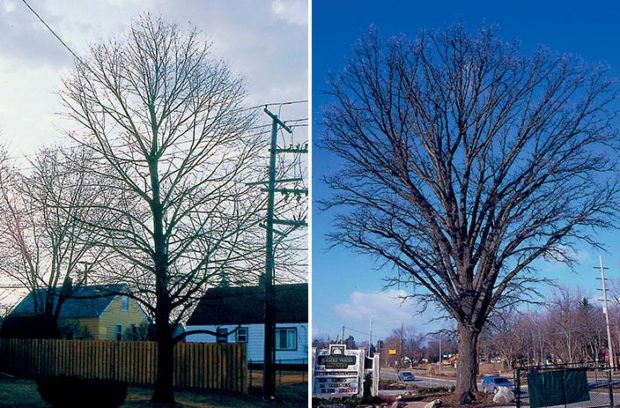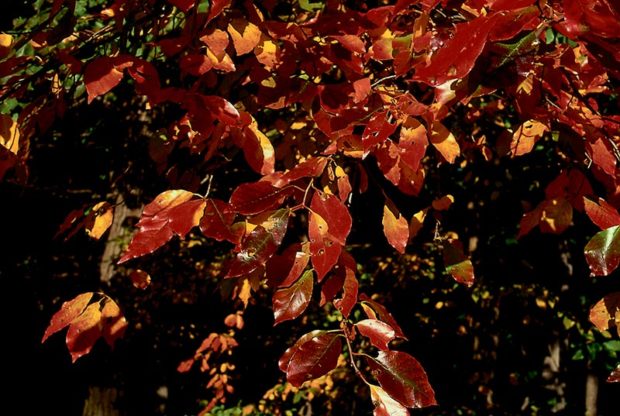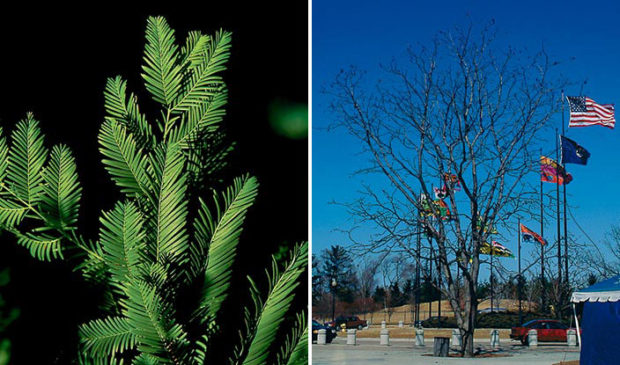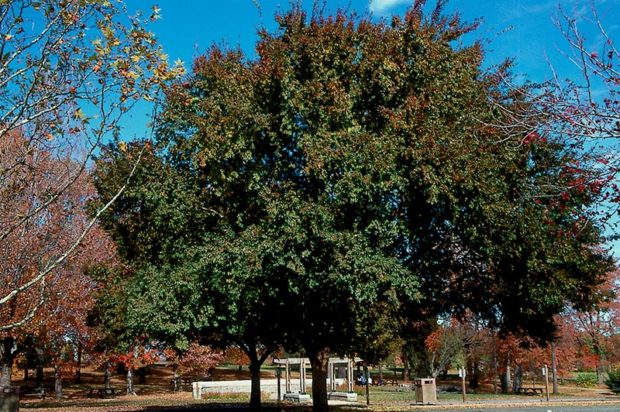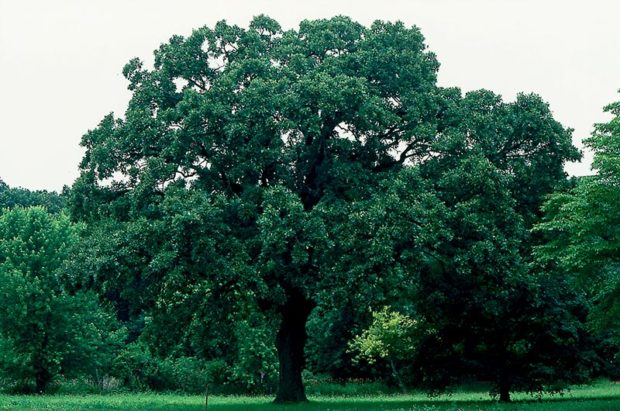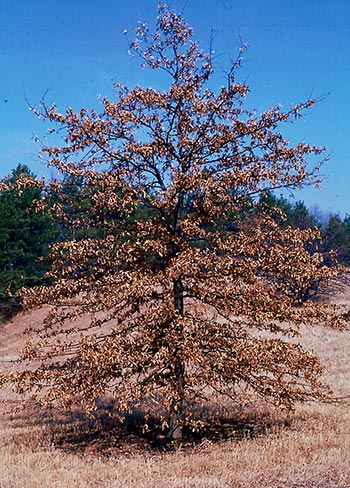We have a pet house rabbit that is litter trained. Can the manure and litter (made from recycled newsprint) be used as mulch in a perennial bed or around trees and shrubs?
This sounds like a gold mine since rabbits are vegetarians. But it comes with significant cautions. Rabbit manure is higher in nitrogen than even chicken manure. It also contains phosphorus. Nitrogen is great for leaf production. The phosphorus is good for fruit and flower production. So consider exactly what you will be enhancing with its application. Average N-P-K (nitrogen-phosphorus-potassium) analysis of composted rabbit manure is 2-1-0.8, which is relatively low compared to other commercial products. In order for the manure to be useful, it must be hot composted, preferably for a year, to reduce the probability of transmitting any pathogens lurking in the litter. A hot compost pile should measure at least 150 degrees in temperature.
Composting the litter changes the material into a form plants can better use. It also allows odors to dissipate. After the year-long composting, it should be applied to the soil in late fall and worked in. Preferably, it should not be used as mulch and never uncomposted, as the high level of nitrogen can actually burn and damage plants, even with the newsprint base. Since it has to be worked into the soil to be effective, you might find this easier with your perennial bed in fall than disturbing the roots of trees and shrubs.

